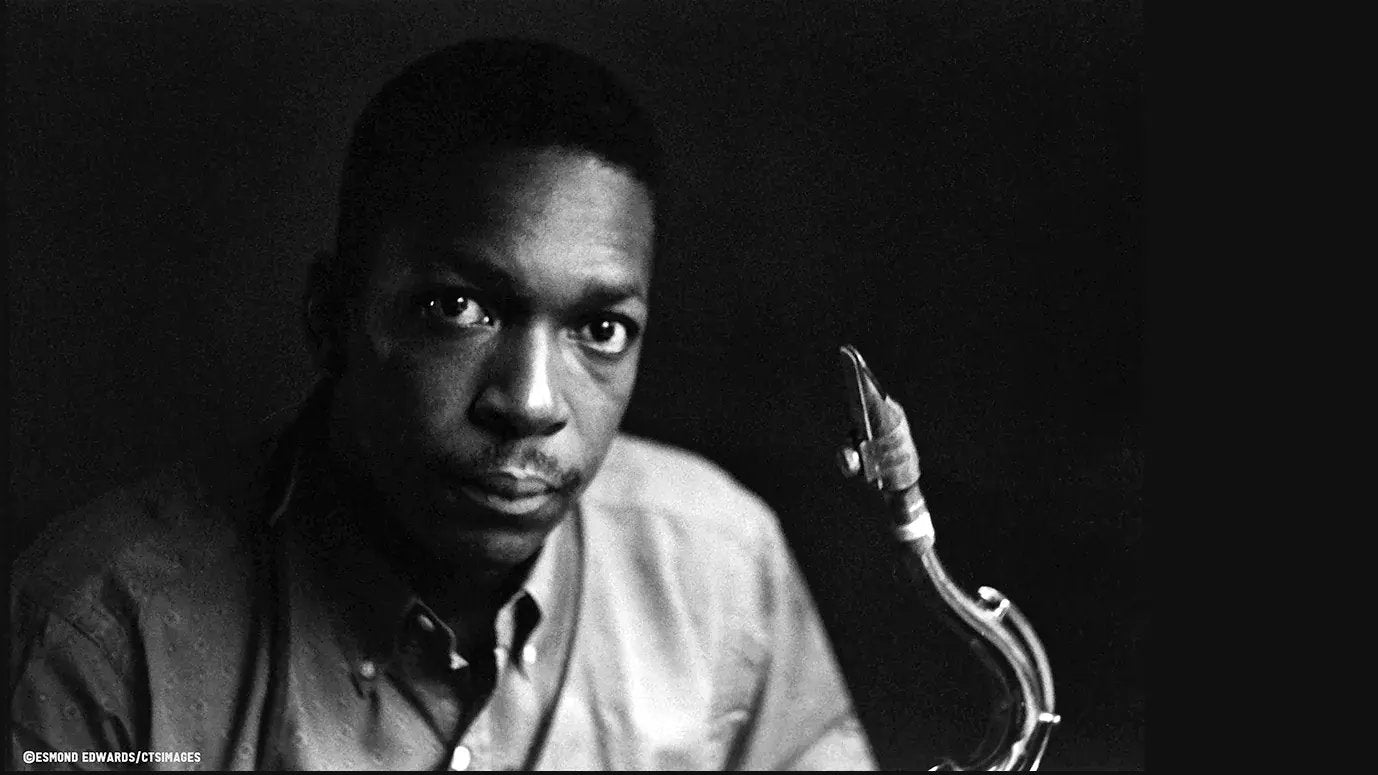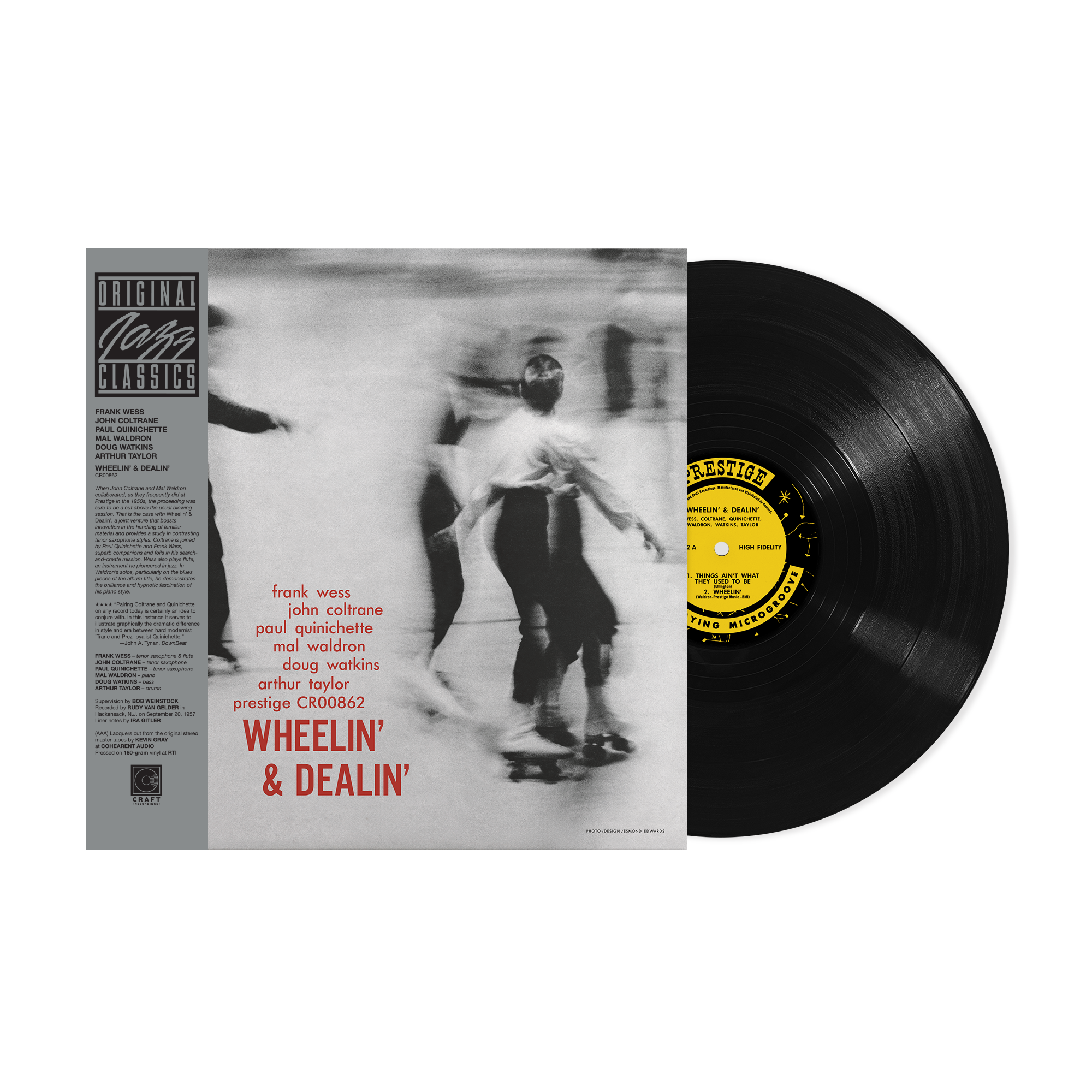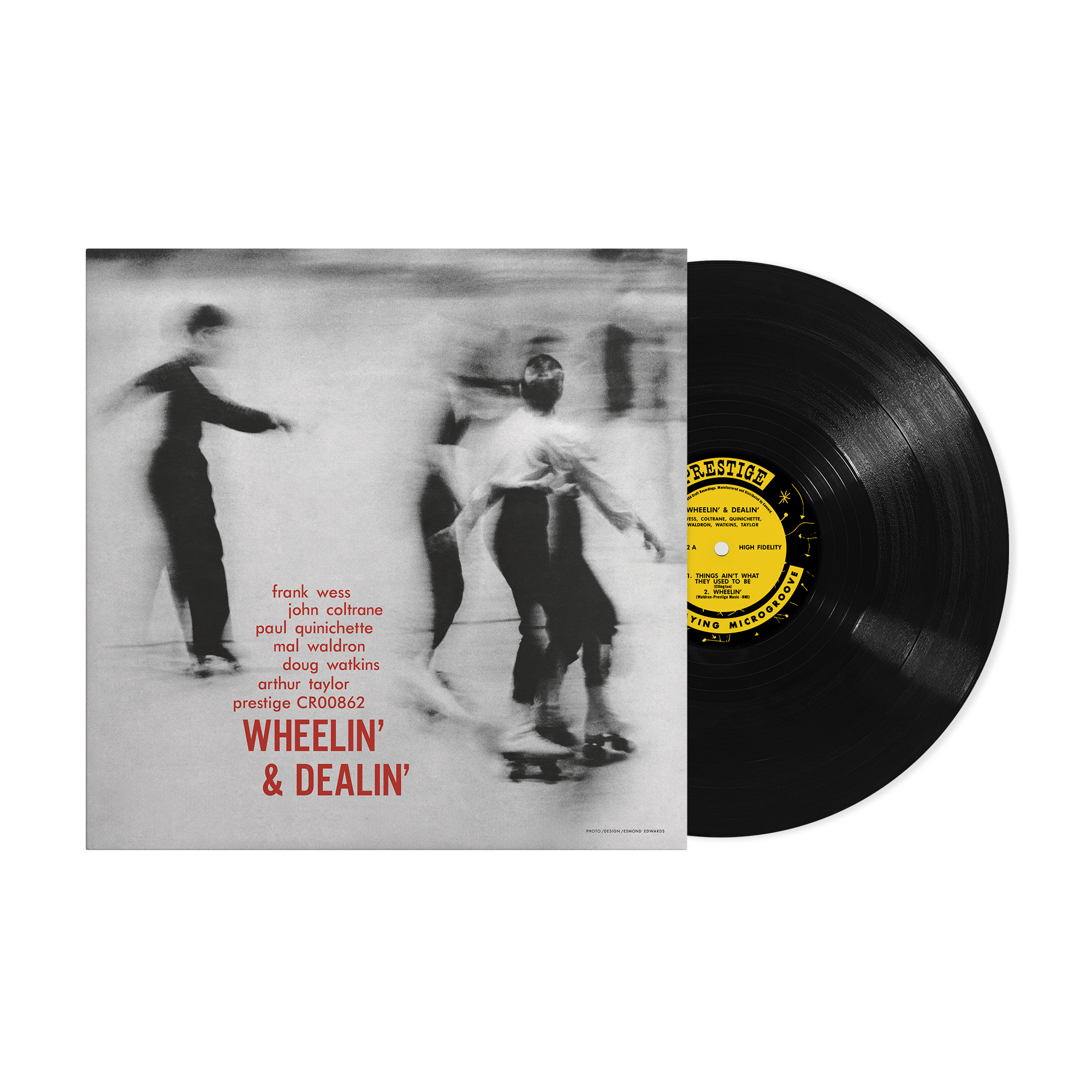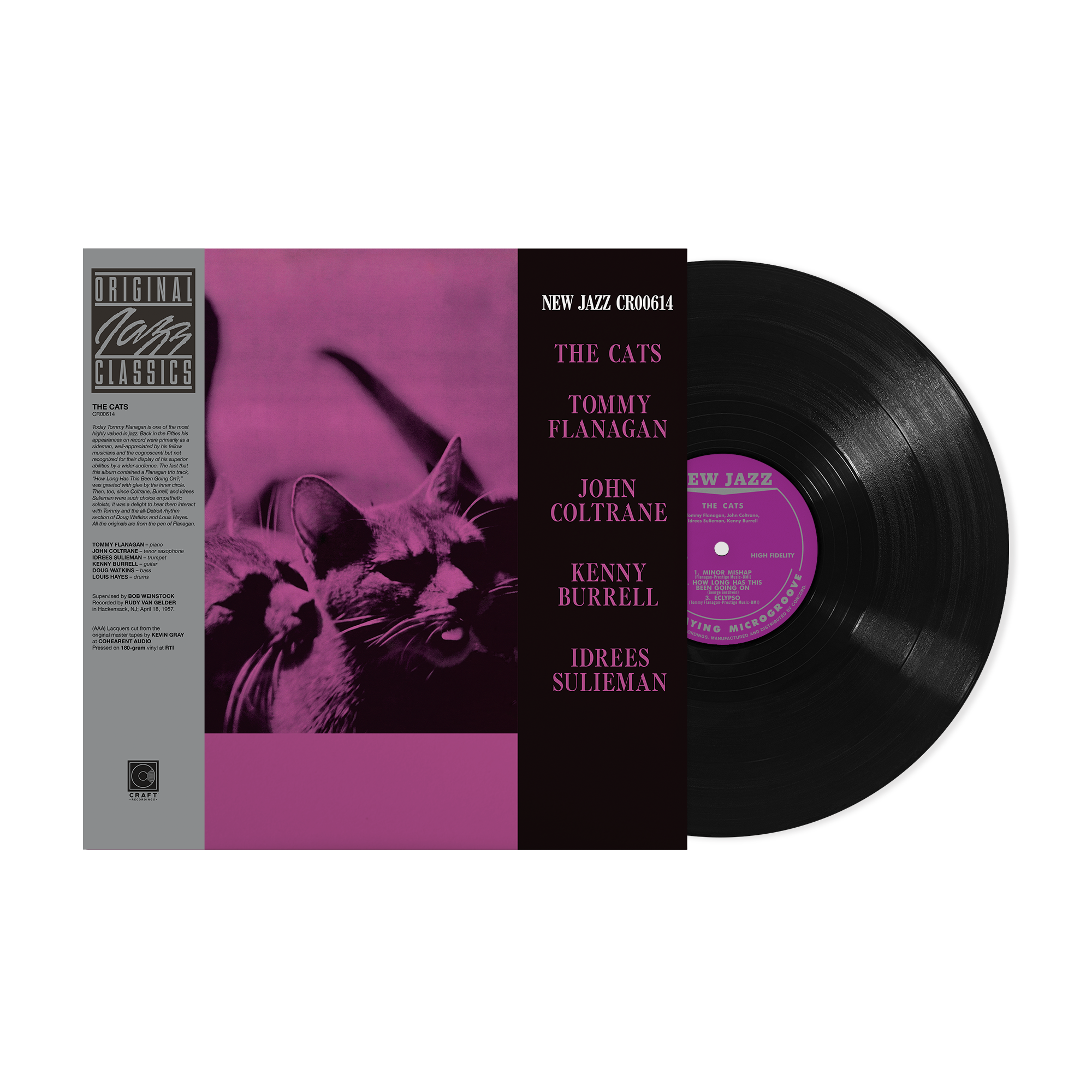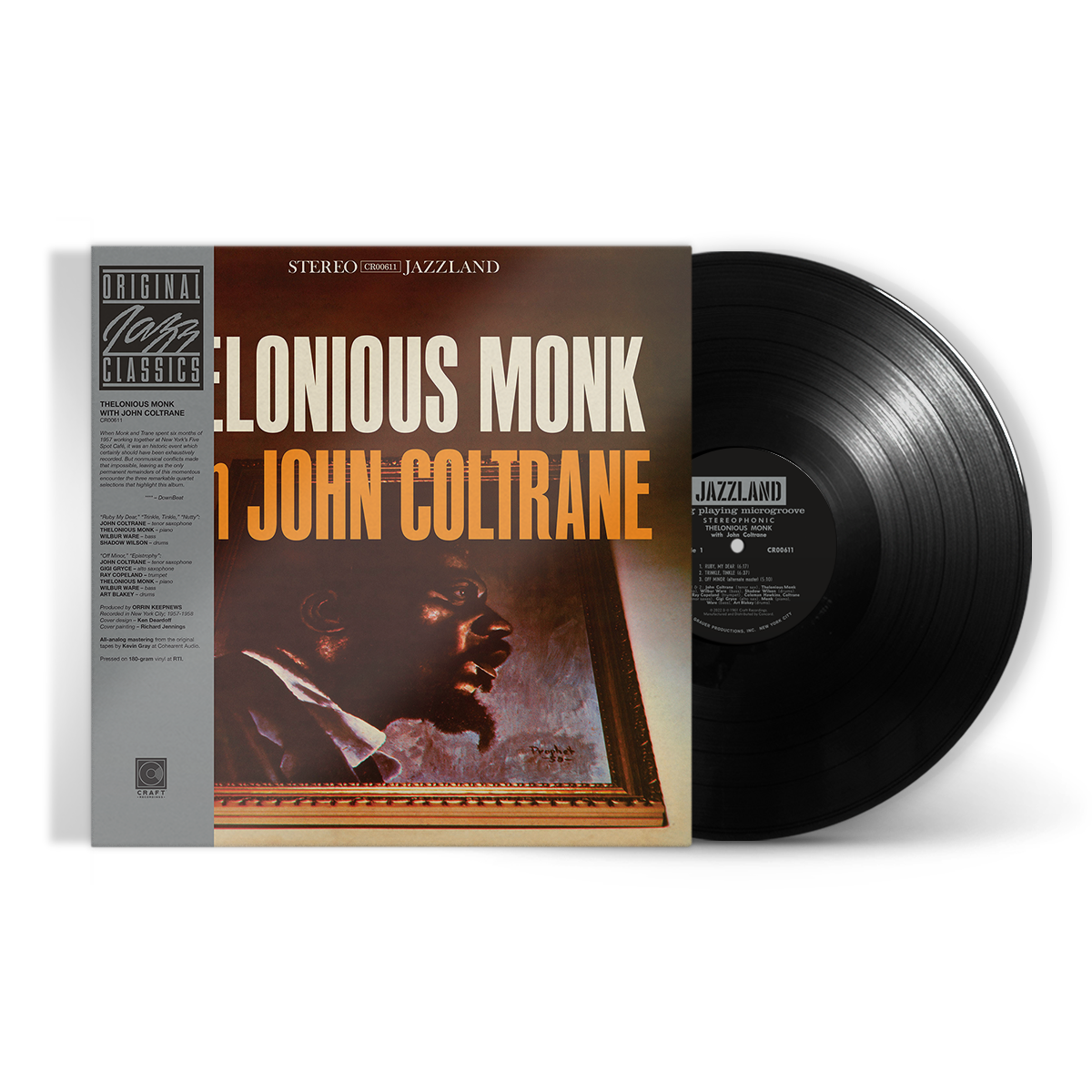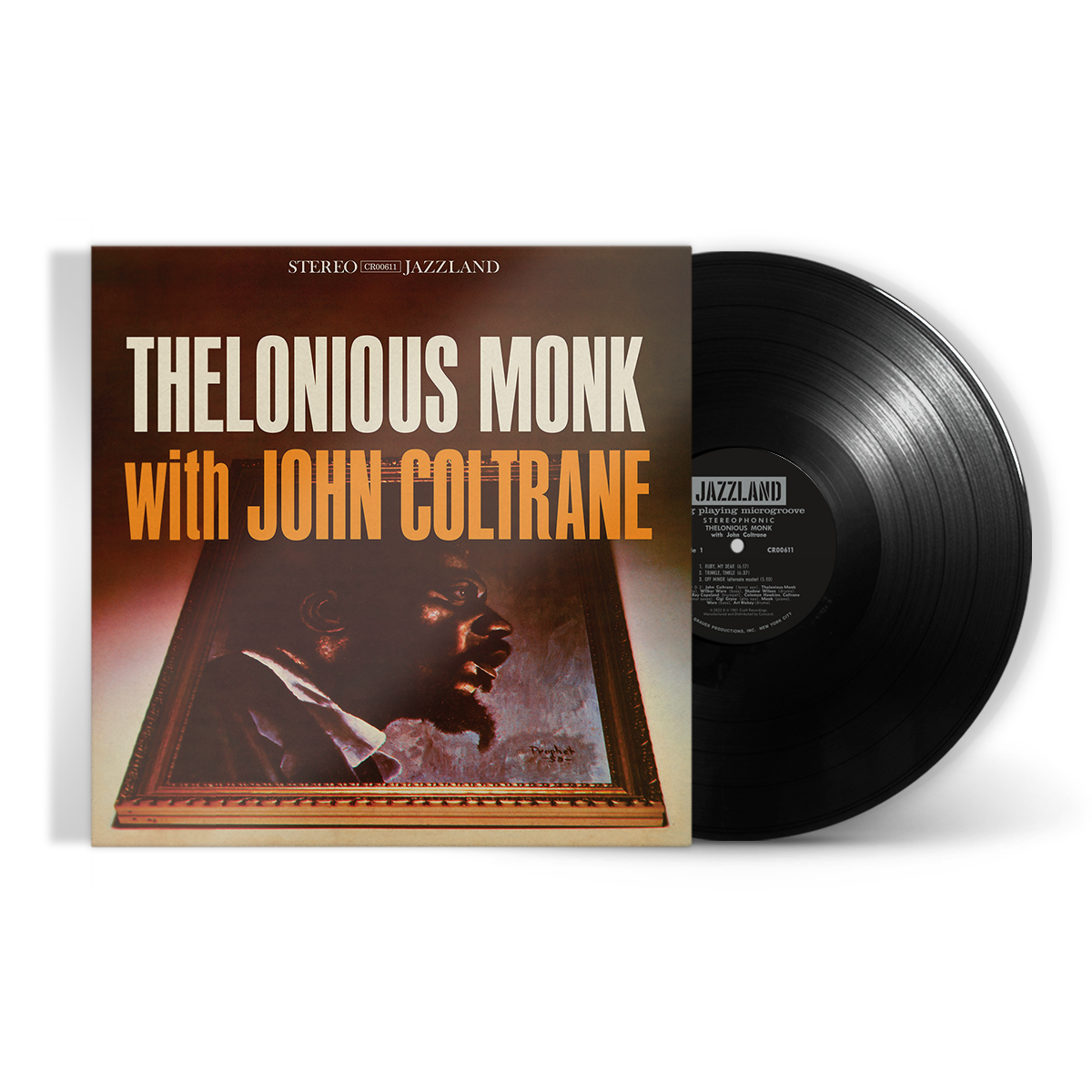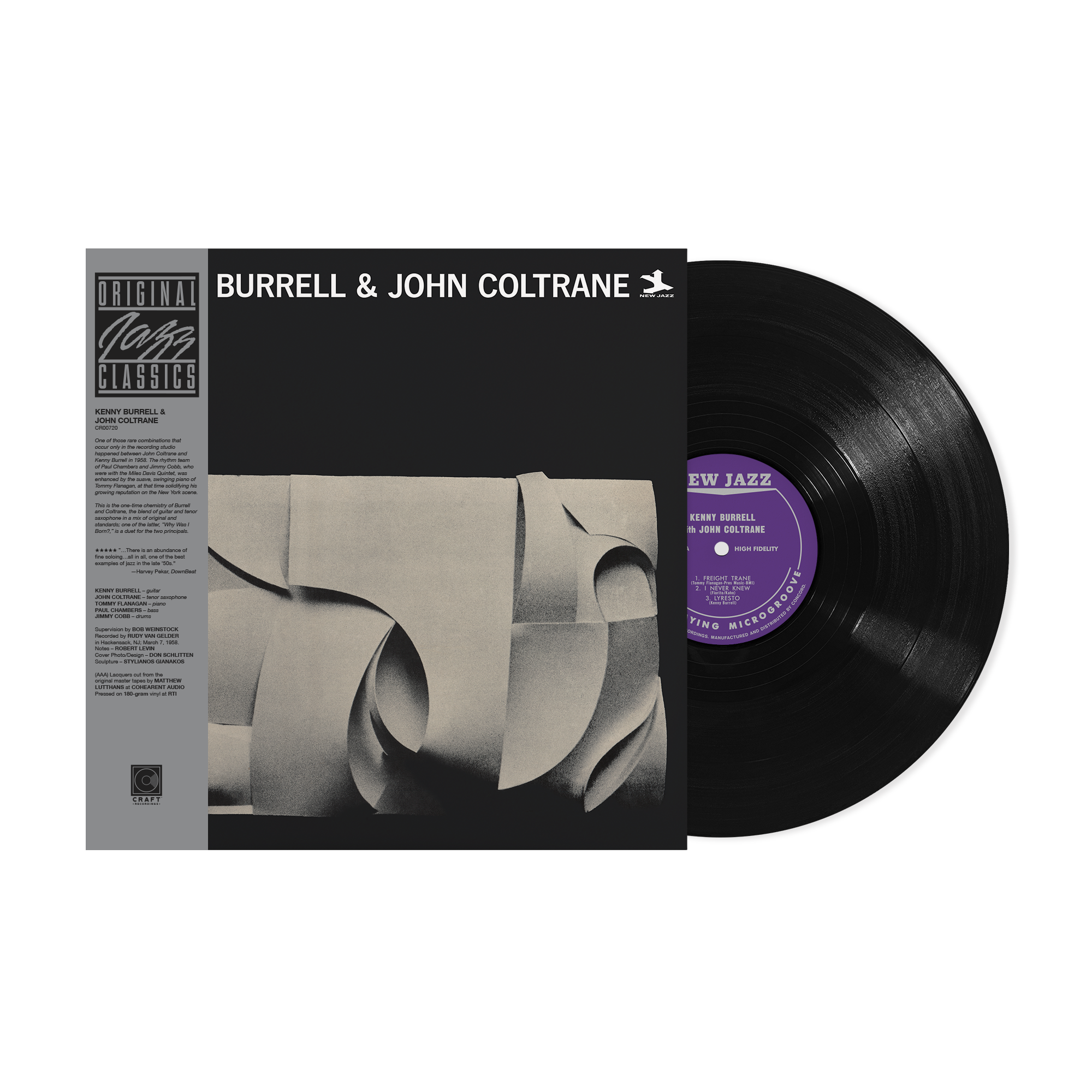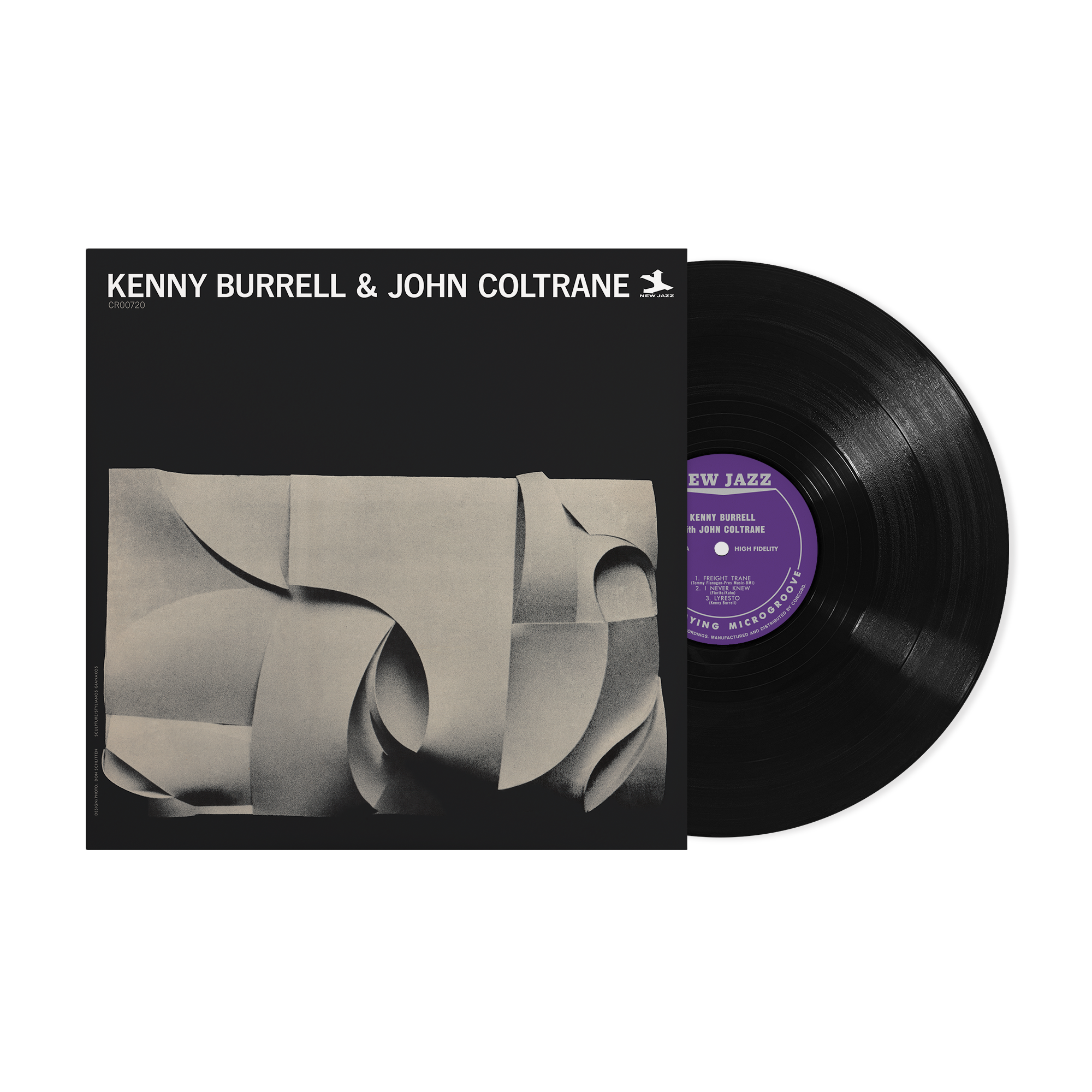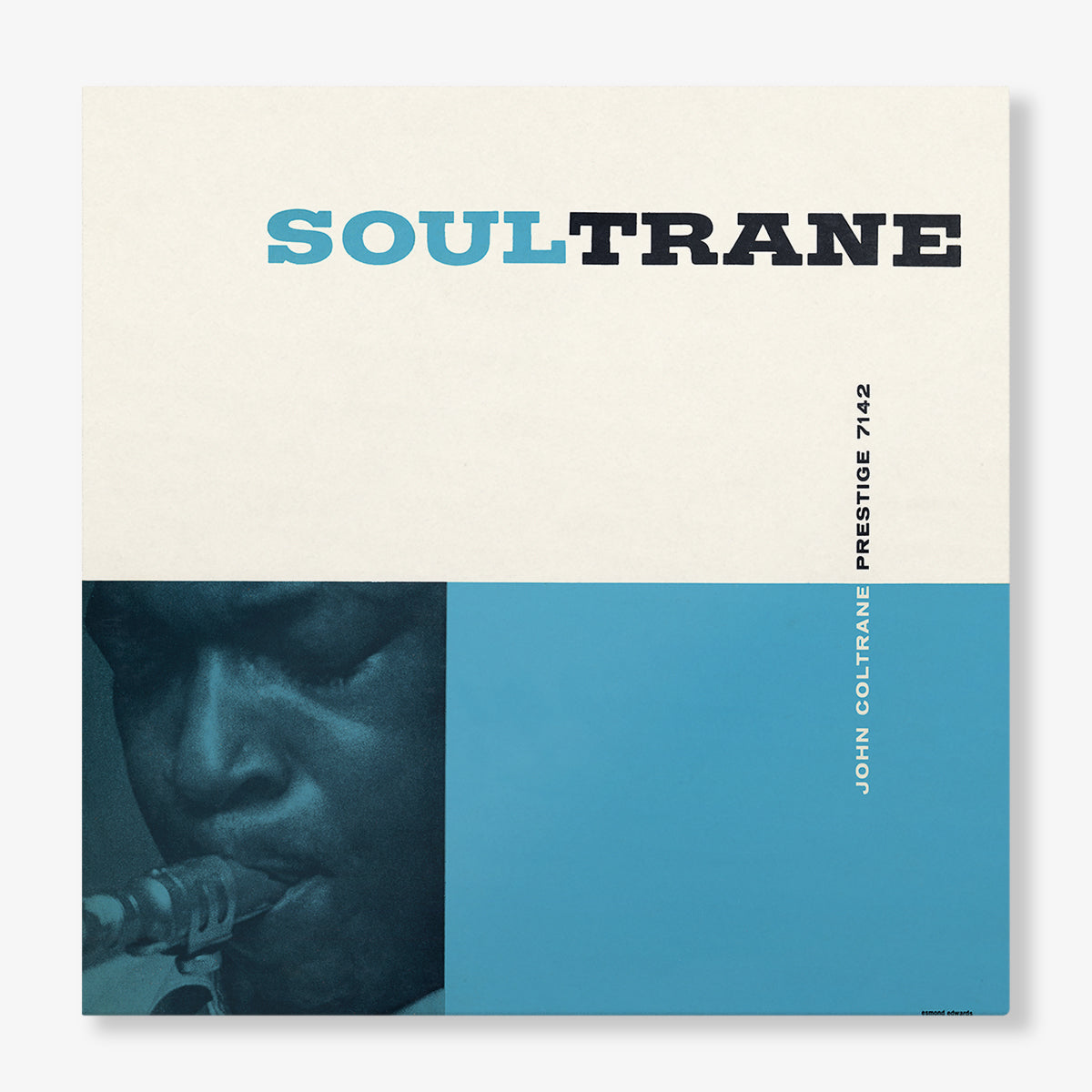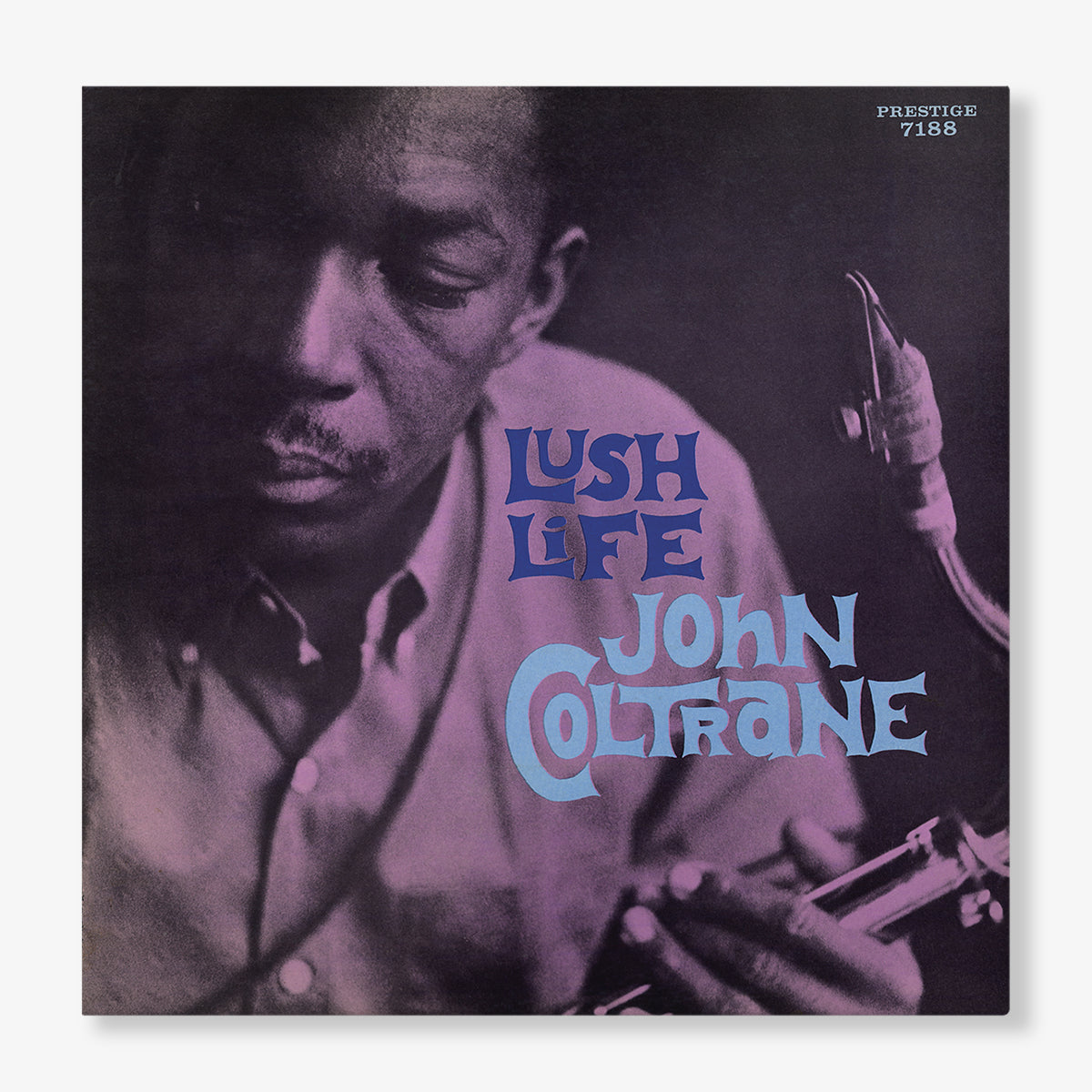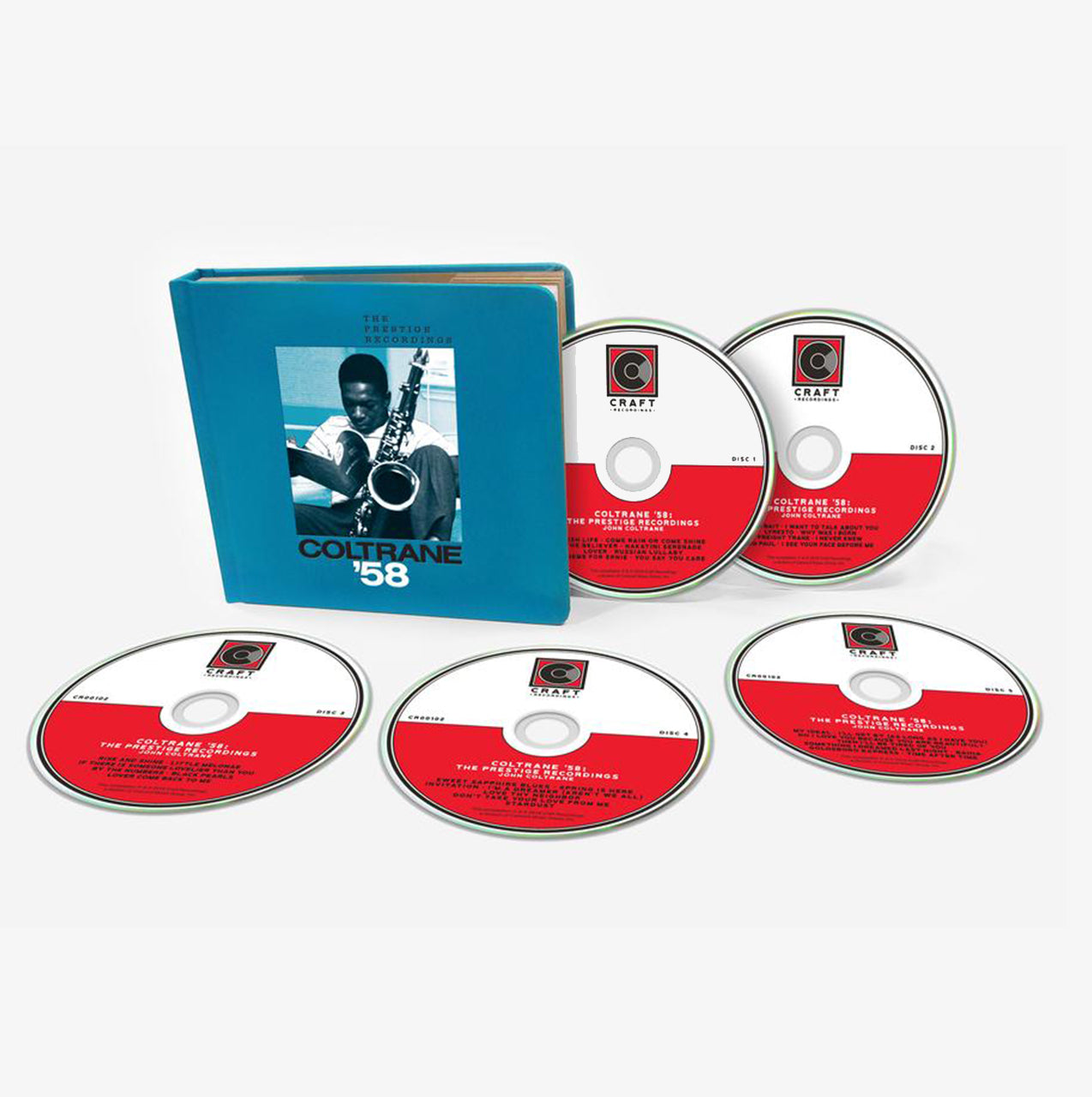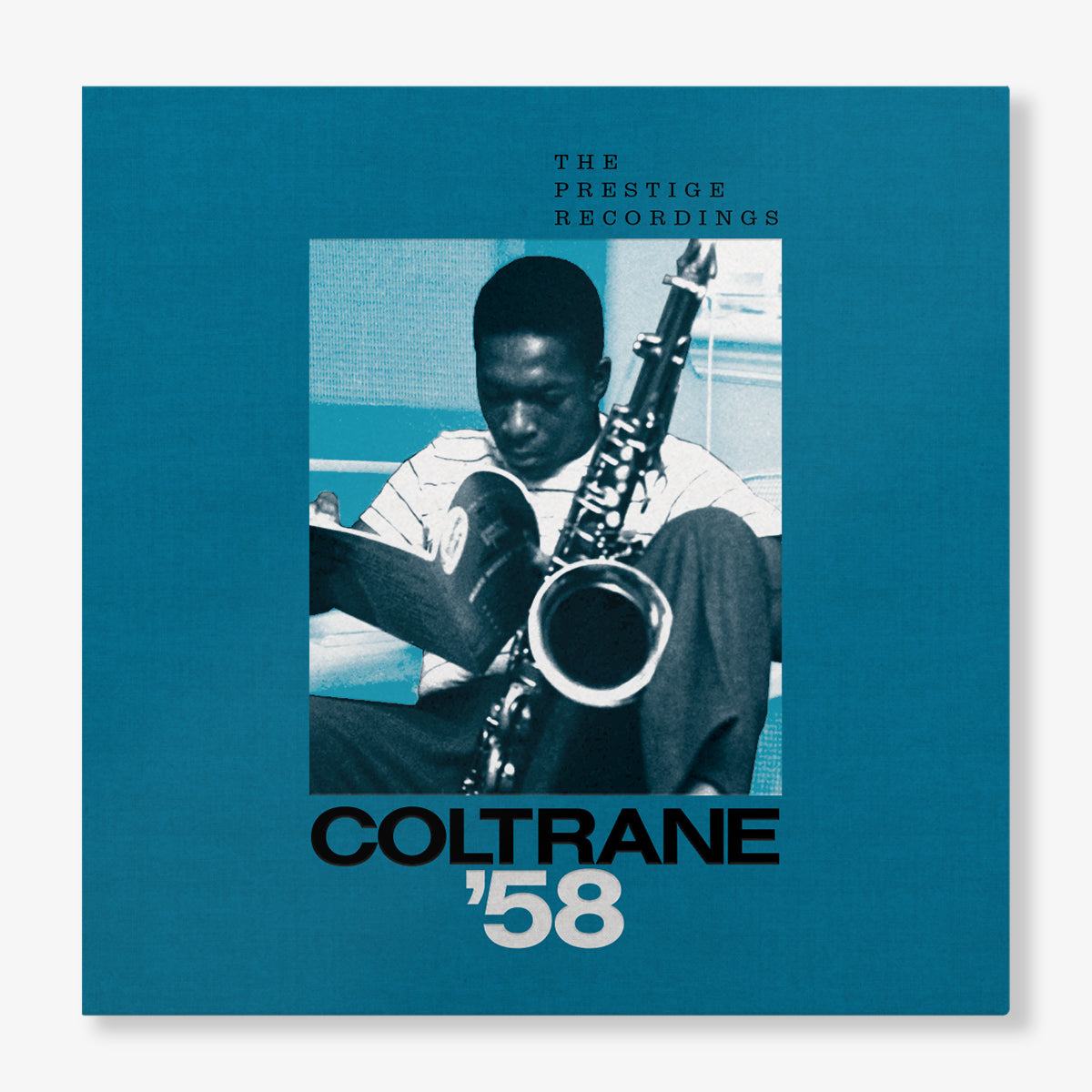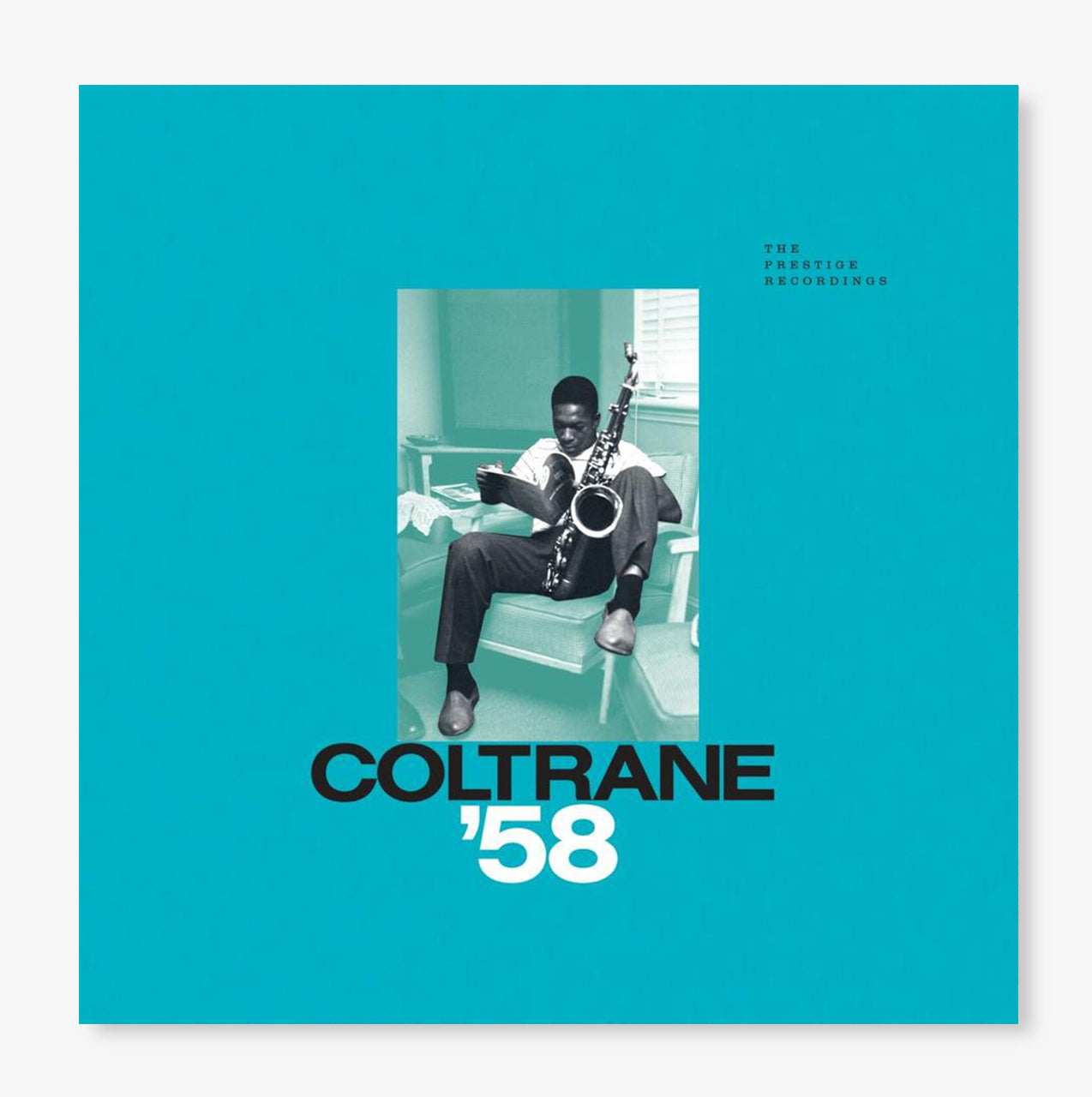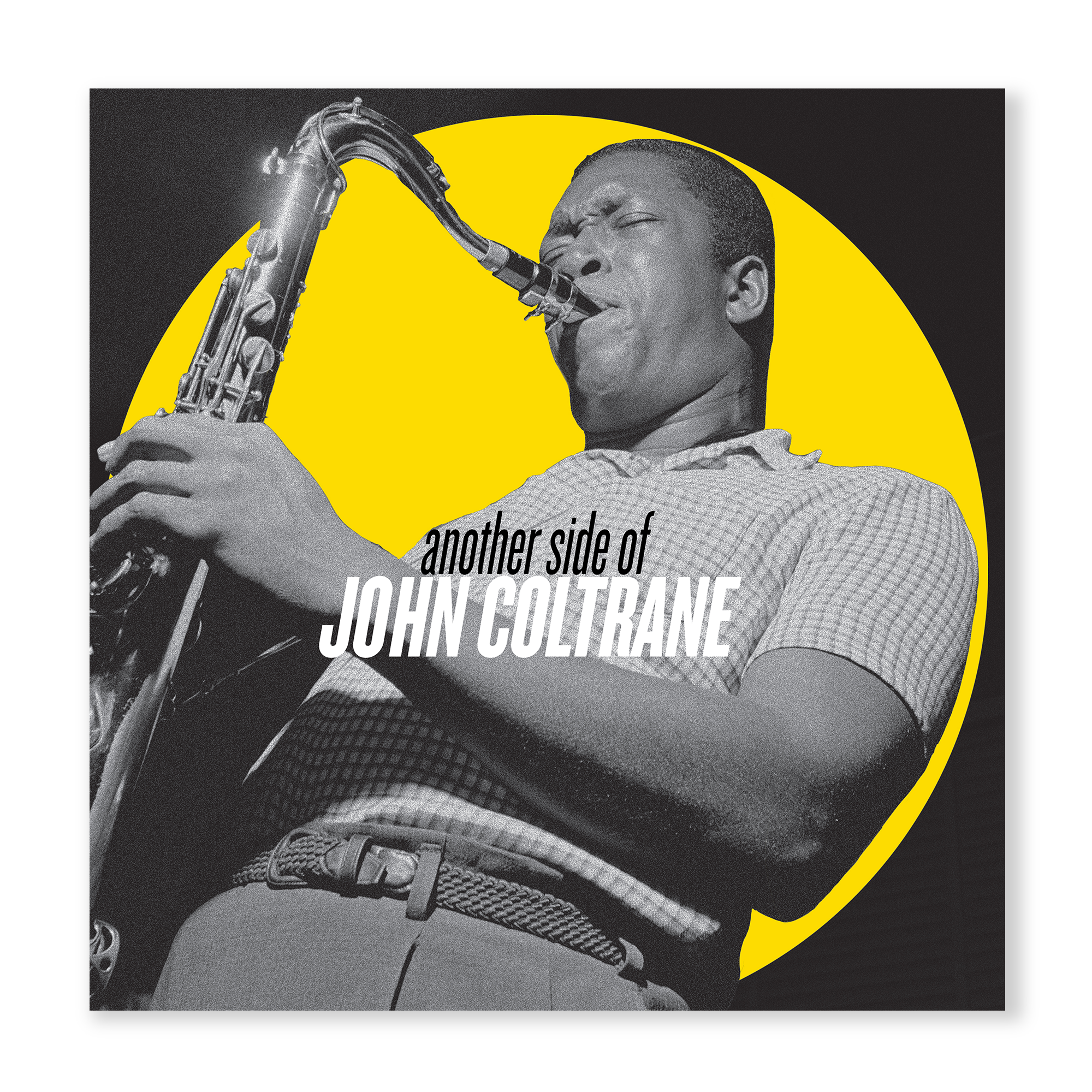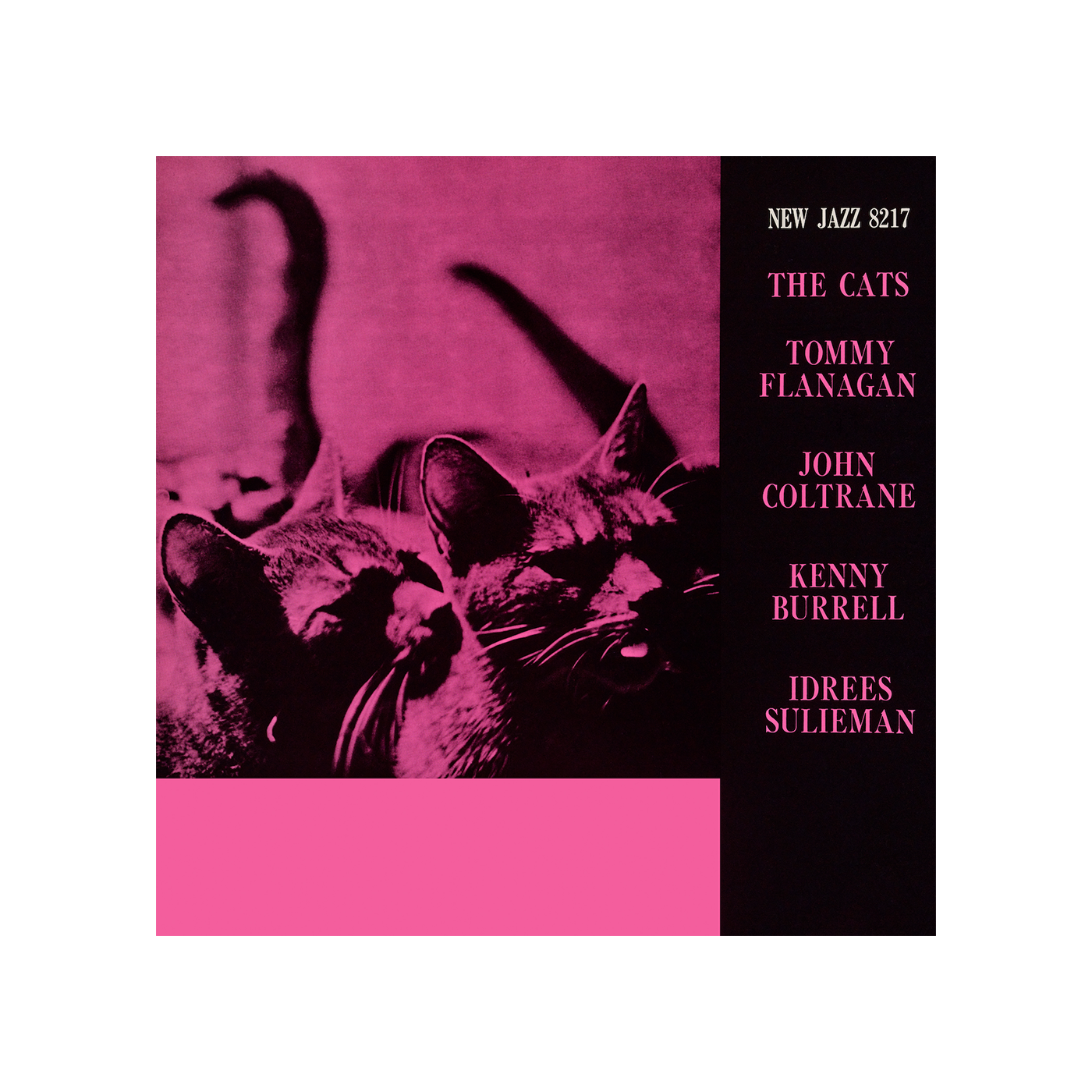John Coltrane
Perhaps the most relentlessly exploratory artist in jazz history, John Coltrane always sought to take his music further, in what he viewed as a spiritual quest. Though his career was relatively short, Coltrane proved to be one of the most significant and influential figures in modern music, constantly pushing the boundaries of sound, harmony and technique.
After spending years as a supporting player behind the likes of Dizzy Gillespie, Johnny Hodges and Eddie “Cleanhead” Vinson, the tenor saxophonist’s profile rose when he joined Miles Davis’ quintet in 1955. Coltrane’s complex solos with Miles quickly elevated his career, though his style often raised eyebrows amongst critics. 1957 brought the artist a brief opportunity to perform and record with the great pianist Thelonious Monk, an experience which brought Coltrane “close to a musical architect of the highest order.” The saxophonist recalled that he “learned from [Monk] in every way.”
In that same year, Coltrane released his self-titled debut on Prestige Records, though he continued to play with Miles as a featured soloist throughout the rest of the decade. Among his many albums as leader on Prestige in the late ’50s are such jazz classics as Lush Life, Soultrane, Stardust and Kenny Burrell & John Coltrane.
